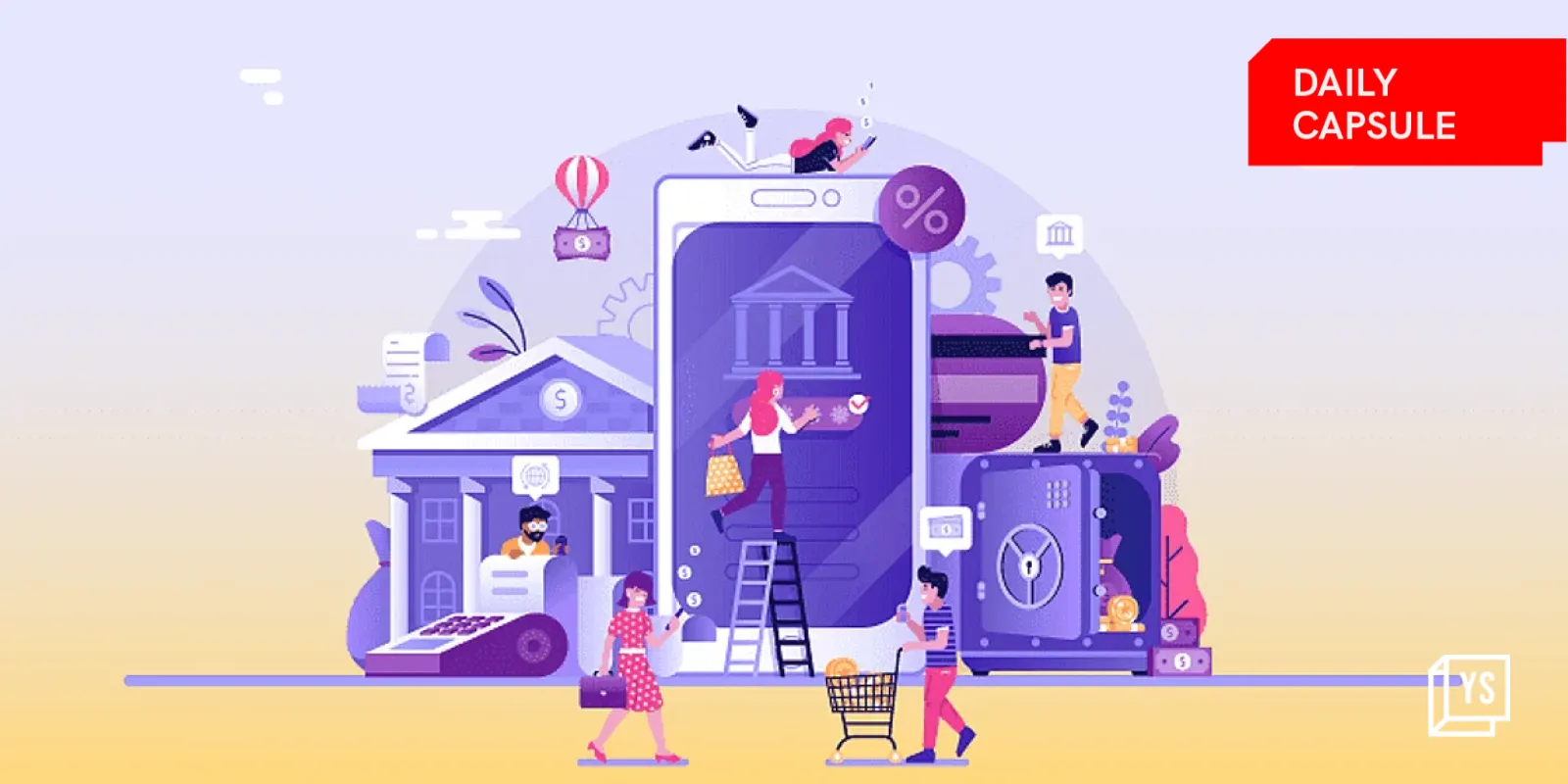Brite Payments CEO Lena Hackelöer talks about Open Banking in 2023

As CEO and founder of Brite Payment Group, Lena Hackelöer leads the fast-growing second-generation challenger in the European payments space. Brite enables consumers to make payments using their bank account and uses advanced open banking technology to process instant payments across Europe across a wide range of verticals.
Hackelöer has over a decade of experience in the fintech space and cut her teeth in the market at Klarna, where she spent almost seven years and rose through the ranks to become Marketing Director. We caught up with her to find out more.
Will there be any major advances in open banking this year? If so, what?
Yes. There will be some progress taking shape within the open banking area. We are already starting to see PSD3 take shape in Europe, which is positive, although it will still take some time to be implemented. PSD3 is a proposed revision of the framework that regulates electronic payments and the banking ecosystem within the European Single Market Area (EEA). The revised directive could have real benefits for the space, especially if it incorporates a recent recommendation from the European Banking Authority on the need for open banking API standardization.
The industry is also right on the cusp of recurring account-to-account (A2A) payments taking off, which is another major open banking innovation. The subscription economy has become a permanent part of everyday life, but there are still many aspects of the customer experience that are being let down by financial services. A key example is accidental failed payments, often caused by changing details or expired payment cards.
Recurring payments set up on an A2A framework can reduce this problem. As a result, the growing number of businesses with subscription-based offerings can use them to reduce churn and unlock new opportunities. Therefore, I think that over the next year we will see solutions to this really take off. The benefits are simply too great to ignore, and none of it would be possible without open banking.
Do you see any big trends in instant payments?
It is clear that there are a myriad of economic problems facing the global community right now that are pushing businesses and individuals to their limits. Between inflationary pressures, a cost of living crisis and continued supply chain disruptions, there has never been a better time to find areas where cost savings can be made. Instant payments can provide cost savings for merchants and as such are becoming increasingly valuable.
The sector should be strengthened by a recent legislative proposal from the European Commission, which seeks to enable citizens and businesses with a bank account in an EU (or EEA) country to send and receive euro payments in real time, within just 10 seconds, 24 /7 /365. Considering the cost savings and additional fraud reduction offered through instant payments, it is great to see this being pushed at a pan-European legislative level.
Do you think the continued economic downturn will affect the fintech sector? If so, what will the impact be?
Fintech and the wider technology sector have already felt a slowdown this year, and many have already adjusted to a new reality, so many are probably already prepared for the continued headwinds and a prolonged downturn in 2023. However, it is clear that the years of unabated venture capital funding are over, and start-ups now have to fight much harder to raise capital. For those further up the supply chain, consolidation has been the name of the game, with businesses looking to secure and preserve market share.
A broader economic downturn could affect fintech in a few ways. On the one hand, a decrease in consumer spending, and the resulting drop in payment volume, will lead to lower consumption of services offered by fintechs, for example lower payment volume processed due to lower shopping activity. However, there is also reason to believe that people will turn to fintech solutions that help them to do more with their money, or to get more favorable prices for important financial services, such as loans.
Whatever happens, the past year has also highlighted that fintech that is disciplined and adheres to strong, sustainable and sound business fundamentals is still able to thrive. If you can remain realistic about customer acquisition costs, keep tight control over expenses, and demonstrate an ability to generate significant revenue, there’s no reason to believe you won’t come out of this potential downturn stronger than ever. In addition, there are a large number of fintechs that offer solutions with concrete benefits to consumers and businesses – they are not just “nice to haves”. If these fintechs can demonstrate the value they bring, it will help them navigate the downturn.
Aside from payments, what changes do you hope to see in the industry over the next 12 months?
The growth in A2A payments also intersects with another big trend: embedded finance. This is an area I am also interested in. The continued digitization of everyday services creates new use cases, and the demand for these products is maturing. We can surely all agree that smoother processes for consumers using financial services is a desirable goal to which embedded finance can contribute significantly. Payments has been at the forefront of the embedded finance revolution, but we expect to see many more financial services emerge in this space over the next year.























